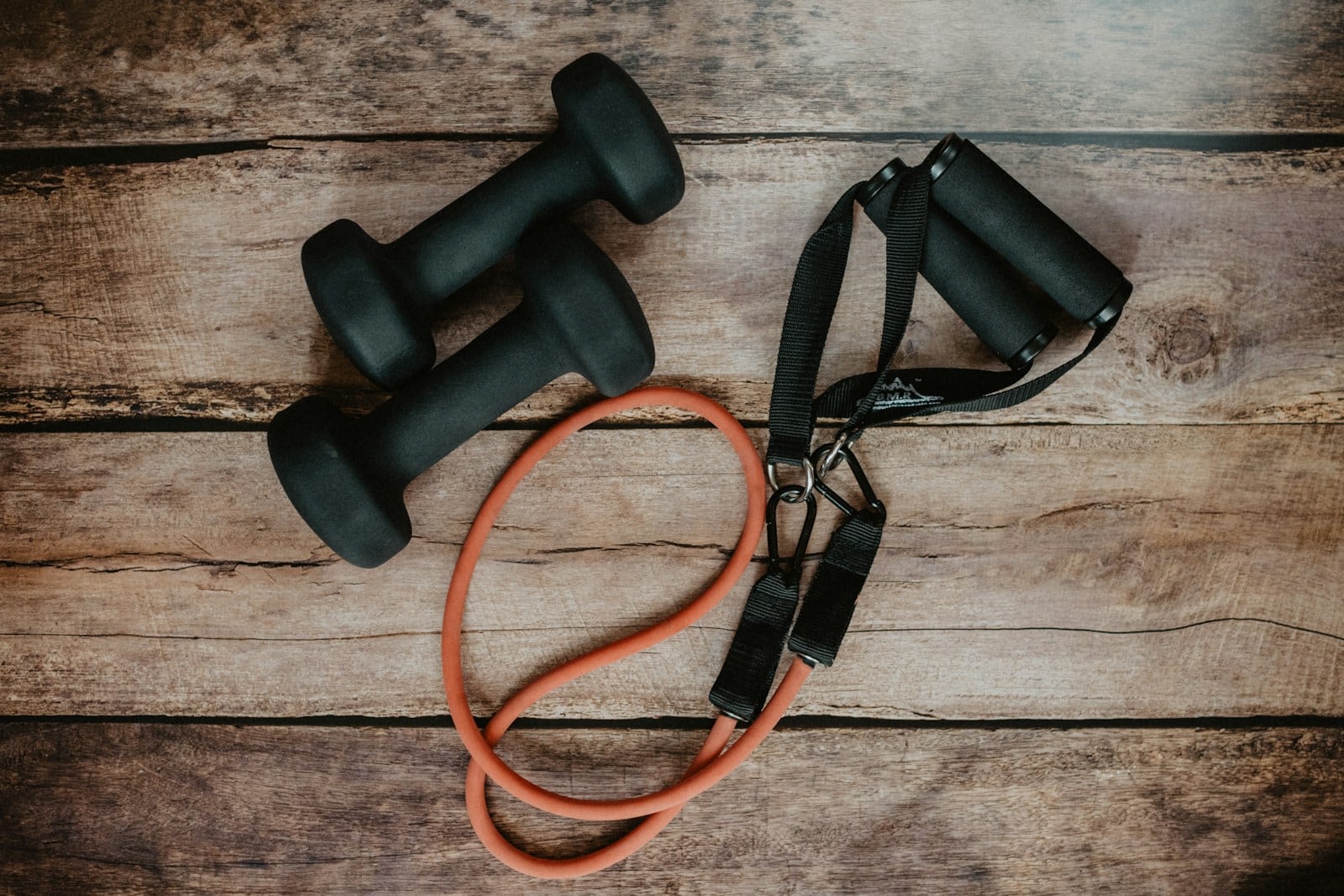Chronic pain can be a debilitating condition that significantly impacts an individual’s quality of life, especially when recovering from an injury or illness. While various treatment options are available, recent research has highlighted the importance of resistance exercise and orthobiologics in managing chronic pain and promoting healing.
Resistance exercise involves using external weights or resistance to challenge the muscles and is particularly effective in chronic pain management. When prescribing resistance exercises, clinicians should consider incorporating higher intensities to trigger the desired strength, flexibility, and pain reduction improvements. However, ensuring that patients have adequate rest between sessions facilitates recovery and prevents further injury.
Building up to higher intensities may take longer for some patients due to their unique circumstances and limitations. In such cases, clinicians must regularly review and adjust the load intensity to ensure it remains challenging enough to stimulate progress without causing undue strain or discomfort. This personalized approach to resistance exercise is key to optimizing its benefits for chronic pain management.
In addition to resistance exercise, orthobiologics have emerged as a promising complementary treatment for chronic pain and recovery after injury or illness. Orthobiologics refers to using biological substances, such as platelet-rich plasma (PRP) or stem cells, to promote healing and regeneration in the musculoskeletal system. These innovative therapies harness the body’s natural healing mechanisms to reduce inflammation, alleviate pain, and accelerate tissue repair.
When combined with a well-designed resistance exercise program, orthobiologics can provide a powerful synergistic effect in managing chronic pain and supporting recovery. By addressing the underlying causes of pain and promoting the body’s innate healing capabilities, this holistic approach can lead to more sustainable and long-lasting results.
However, it is essential to note that the use of orthobiologics should be guided by experienced clinicians who can assess each patient’s unique needs and develop a tailored treatment plan. As with resistance exercise, the key to success lies in personalization and regular monitoring to ensure the therapy remains safe and effective throughout recovery.
Resistance exercise and orthobiologics offer a promising combination for individuals dealing with chronic pain and recovering from injury or illness. By incorporating higher intensities in resistance exercise, ensuring adequate rest, and harnessing the power of orthobiologics, clinicians can help patients manage their pain more effectively and promote optimal healing. As research continues to advance in these areas, we can expect to see even more innovative and targeted approaches to chronic pain management and recovery in the future.
The specialists at Columbia Pain Management understand how exercise and regenerative therapies go hand in hand. We offer a wide range of conservative and surgical treatment options, and we work closely with each patient to develop a personalized care plan that meets their unique needs and goals. Contact us today at 503-654-5636 or 541-205-0173 to schedule a consultation and take the first step towards finding relief and reclaiming your active lifestyle.

